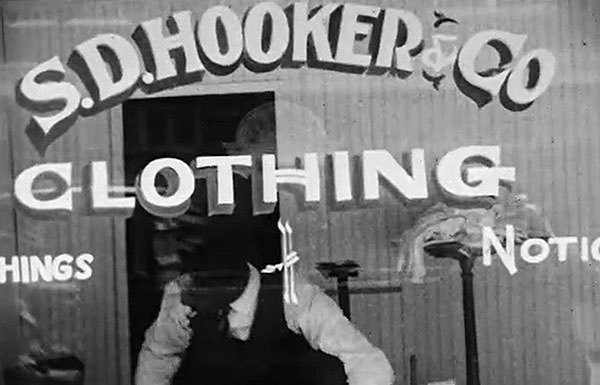|
 |
|
Greenwood Thriving
Two decades after the massacre and the reconstruction of Greenwood, the community is thriving with over 200 black owned and operated
businesses. Much of this success is attributed to segregation, as black owned dollars were spent within Greenwood because African
Americans had limited options to spend money outside of their community during the Jim Crow era in the U.S. However, blacks were allowed
to work in segregated communities as maids, cooks, laborers, etc., and as a result, outside dollars were earned and then introduced to and
then circulated within Greenwood's economy. The very nature of this segregated relationship created a situation where more money entered into
Greenwood than was spent outside of it, and this played a major role in the financial success of "Black Wallstreet." |
|
|
Sources
| [1] Brown, D. (2021, February 04). Red Summer: When Racist Mobs Ruled. How a Pandemic of Racial Terror Led to the 1921 Tulsa Race Massacre. American Experience. PBS. |
| https://www.pbs.org/wgbh/americanexperience/features/t-town-red-summer-racist-mobs/ |
|
| [2] Burch, R., Reid, R., & Ferguson, K. (Producers). (2021). Tulsa Race Massacre: 100 Years Later [Video]. PBS. |
| https://www.pbs.org/video/tulsa-race-massacre-100-years-later-vdv9tx |
|
| [3] Silvers, J., Brown, D., & Stover, E. (Producers). (2021). Tulsa: The Fire and the Forgotten [Video]. PBS. |
| https://www.pbs.org/video/episode-1-zew2v8 |
|
| [4] PBS News. (2024, June 12). Oklahoma’s Supreme Court Dismisses Lawsuit from Last 2 Survivors of Tulsa Race Massacre Seeking Reparations. |
| https://www.pbs.org/newshour/nation/oklahomas-supreme-court-dismisses-lawsuit-from-last-2-survivors-of-tulsa-race-massacre-seeking-reparations |
|
 |
|


























